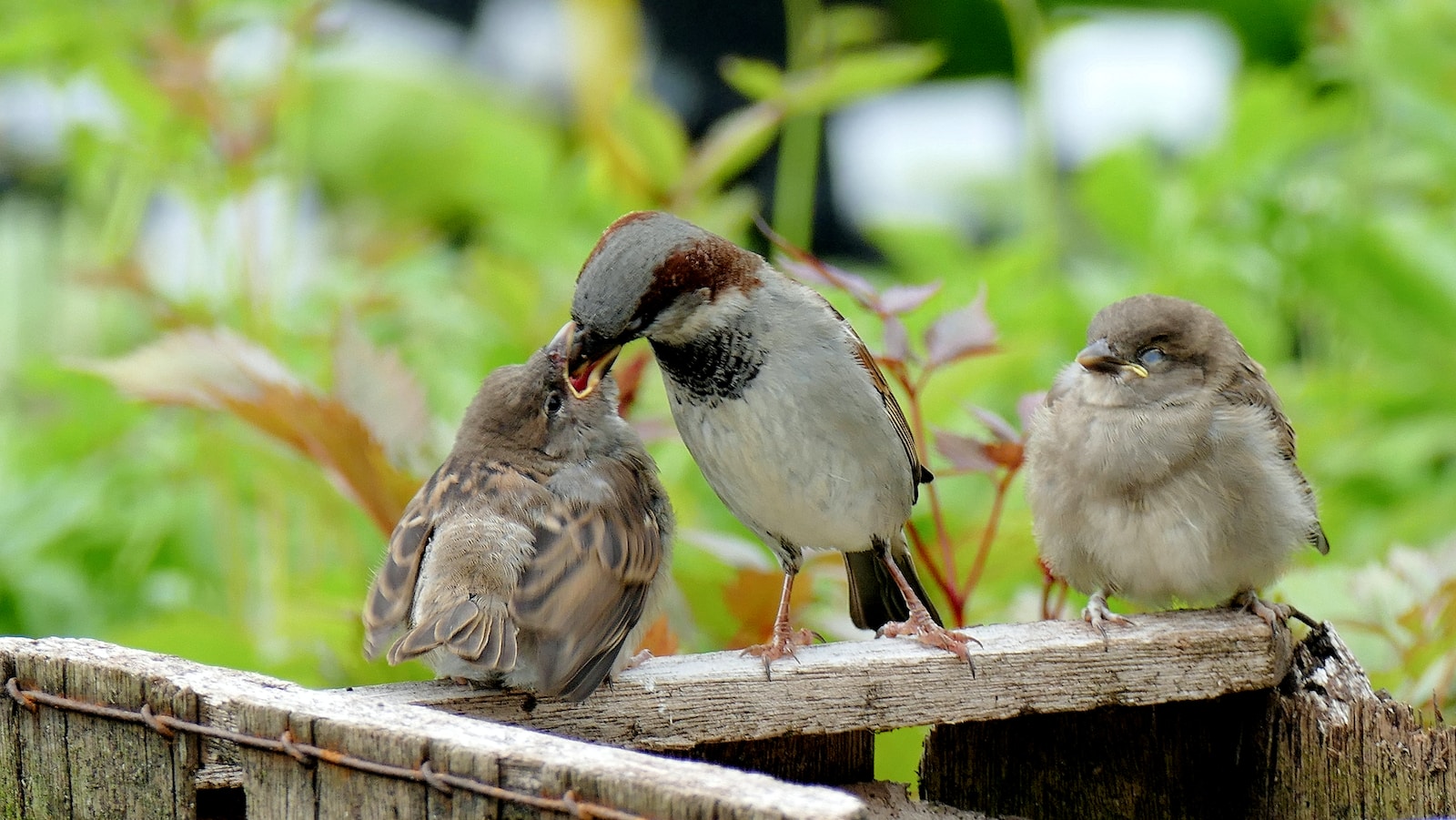Understanding the Concept of Wildlife Gardening
Wildlife gardening isn’t just about fostering an attractive, verdant space teeming with colorful bloomers. It’s about creating a haven for wildlife where nature can thrive harmoniously. Birds, butterflies, bees, and many other creatures flourish when supported by a natural ecosystem, right in your backyard!
The benefits of wildlife gardening are manifold. Besides an up-close glimpse into Mother Nature’s theater, it encourages biodiversity and boosts the environment that surrounds us. However, understanding what attracts each species is central to a prosperous habitat. Different animals depend on diverse plants, from nectar-rich flowers for pollinators to berry producers for our feathered friends.
Take birdbaths as an example. Installing one filled with fresh water can be a simple yet powerful way to attract a variety of bird species. Similarly, selecting flowers beloved by butterflies can add colors and movement to your garden, turning it into a wildlife spectacle for you and your family to enjoy.
How to Get Started with Wildlife Gardening
Budding into green-thumbed gardeners, you might be wondering, where do I start with wildlife gardening? Well, it begins with some fundamental planning. One, pinpointing the right location. Two, deciding on the kind of wildlife you wish to attract. And three, sowing the right native plants to invite them.
Whether it’s a sunny patch for those sun-loving bees or woodland area for shade-dwelling creatures, the garden’s location will play a key role in the kind of wildlife you can entice. Prepare a list of animals common to your area and research the kinds of plants they are drawn to. Remember, native plants are not just essential; they’re the linchpin to a thriving wildlife garden.
Tools and Techniques for Successful Wildlife Gardening
The power to shape a successful wildlife garden lies between knowledge, the right tools, and techniques. Invest in basic gardening tools and read up on techniques that keep your plants healthy and luscious.
- Pruning shears, for instance, enable you to cut back older growth and promote fresh flowering.
- Watering cans or garden hoses nourish thirsty soil and plants, inviting those industrious earthworms to aerate the ground.
- A spade allows you to dig deep and plant new additions while a rake helps in clearing leaves.
Beyond just tools, it is essential to understand the techniques. Knowing when and how to water plants, when to prune, and proper placement of plants helps attract the desired wildlife. After all, gardening is both an art and a science, isn’t it?
Maintaining Your Wildlife Garden: Ensuring Sustainability
Maintenance and sustainability are the twin pillars of an enduring wildlife garden. Without appropriate care, even the most beautifully designed garden can fade into a memory.
To ensure you continue attracting the same friendly visitors year after year, it’s fundamental to maintain certain practices. From making sure your plants are adequately watered to creating naturalized insect habitats from leaf piles, gardening sustainability is essential.
Importantly, remember the wildlife you’re inviting into your space. Regularly fill birdbaths and bird feeders. Neaten up overgrown areas but avoid completely clearing out, as some creatures prefer a bit of untamed space. Use nature-friendly pest control methods and avoid harsh chemicals. In short, steward your patch to foster wildlife, not deter it.
From inception to preservation, remember the objective of your wildlife garden—to serve as a sanctuary for your local fauna and flora. Bask in the delight of watching nature unfold in your greenspace, and reap the psychological benefits of a bountiful, harmonious garden.

